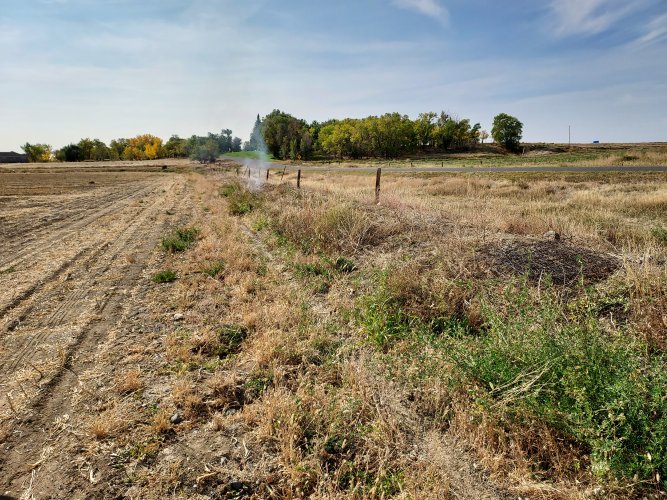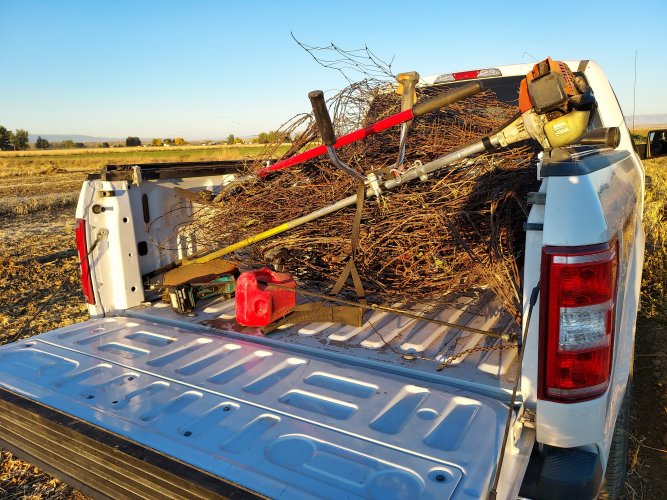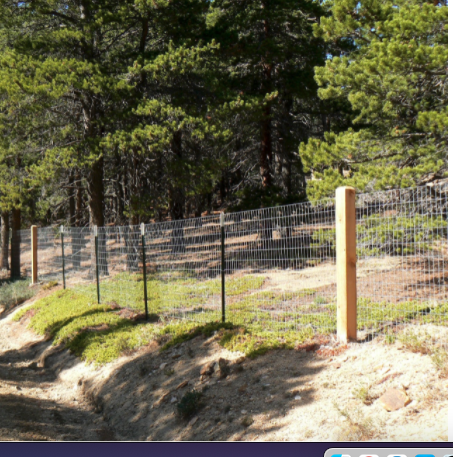Irrelevant
Well-known member

Behind the wire with a fence ecologist - High Country News
How researchers are using science and data to help wildlife.
 www.hcn.org
www.hcn.org
"...research shows that the West is a wiry place, containing enough fencing to circle the equator 25 times."












